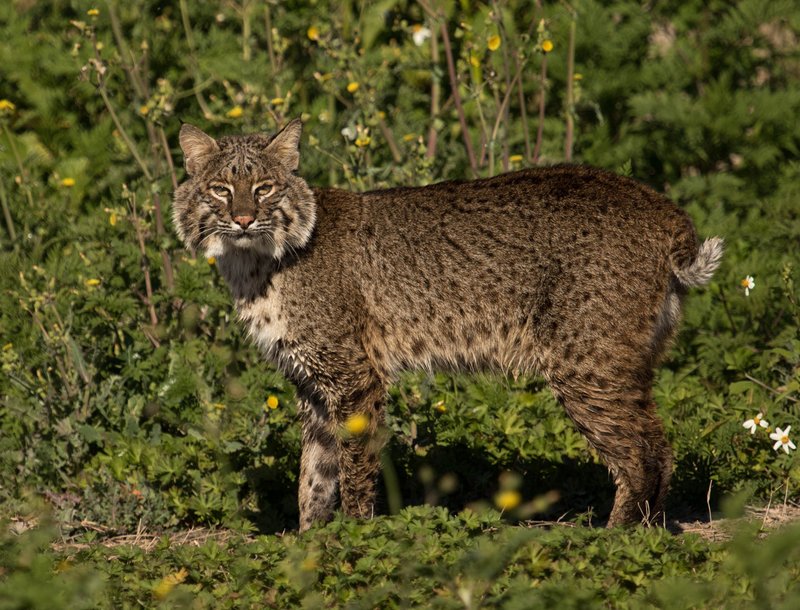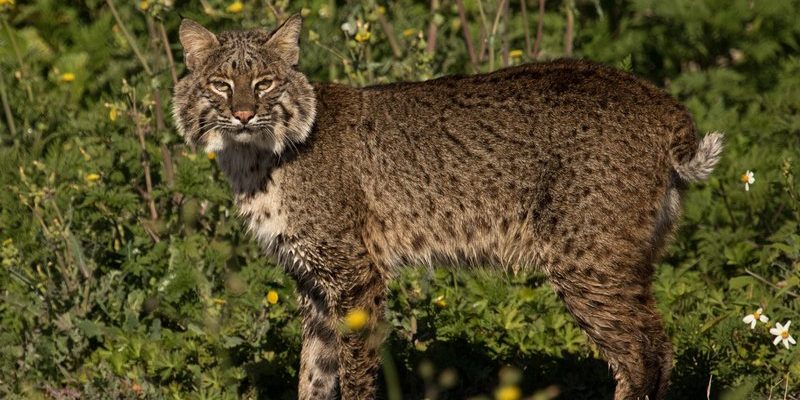
Imagine being in a room filled with different wildlife; each animal has its own story and struggle. Some are thriving, while others are hanging by a thread. The bobcat falls into the middle of this spectrum. While they aren’t considered endangered at the moment, their future isn’t set in stone. Let’s dive into what’s happening with bobcats globally and explore the conservation efforts aimed at protecting them.
What is the Current Status of Bobcats?
Bobcats are classified by the International Union for Conservation of Nature (IUCN) as a “least concern” species, which means they are not currently facing a significant risk of extinction. In fact, their population is estimated to be around 1 million across North America. This sounds promising, right? But, there’s a catch. With this population number comes the reality that their habitat is increasingly threatened by urban development and habitat loss. As cities expand and forests are cut down, bobcats are forced to adapt to a fragmented environment.
In many areas, bobcats are facing challenges with food sources as their natural habitats shrink. They are skilled hunters, relying on small mammals for sustenance. But when their territory is compromised, it affects their ability to find food. Interestingly, bobcats are also known to be quite adaptable; they can thrive in rural areas as well as suburban settings. Still, it’s important to keep an eye on their status since changing environments can lead to stress for the species.
The Role of Habitat in Bobcat Survival
Habitat is everything for wildlife, and bobcats are no exception. They thrive in forests, swamps, deserts, and even suburban areas. Each type of environment offers different challenges and opportunities. For example, forests provide plenty of cover for hunting, while more open areas might expose them to predators or human disturbance.
One major threat to their habitat is development. As towns and cities grow, bobcats lose the places they call home. This isn’t just a problem for them—it’s a problem for local ecosystems that depend on a balanced food chain. So, you might ask, what can we do to help? Supporting conservation efforts is a great step. By participating in local preservation projects and advocating for wildlife corridors, we can help ensure bobcats have safe spaces to roam.
Threats Facing Bobcats
While bobcats are not endangered, they do face some serious threats that could impact their future. Here’s a closer look:
- Habitat Loss: As mentioned earlier, expanding urban areas threaten bobcat habitats. With fewer places to hunt and shelter, their populations can decline.
- Road Mortality: Many bobcats are killed by vehicles as they cross roads that cut through their territories. This is especially common in fragmented habitats.
- Climate Change: Changes in climate can alter food availability and habitat conditions. If temperatures shift, bobcats might struggle to find suitable living environments.
- Human Interaction: Increasing encounters with humans can lead to stress and alter their natural behaviors. In some cases, bobcats are hunted or trapped, which adds to their challenges.
Understanding these threats is vital for protecting them. Conservationists are continuously working to raise awareness about these issues. The more we know about what challenges bobcats face, the better equipped we are to support their survival.
Conservation Efforts in Action
Around the world, various organizations are stepping up to help bobcats. Conservation efforts focus on several key areas, including habitat preservation, education, and research. For instance, creating protected areas can help ensure bobcats have the space they need to thrive.
One successful example is the establishment of wildlife corridors. These are safe passages that allow bobcats and other wildlife to move between habitats without encountering dangerous roads. Studies have shown that wildlife corridors can significantly reduce vehicle collisions. Community engagement is also crucial; educating people about bobcats can help reduce fear and promote coexistence.
Additionally, researchers are studying bobcat populations to gather data that informs conservation strategies. This includes tracking their movements with GPS collars and monitoring their health and genetics. This research is key for understanding how to best support these amazing felines.
Bobcats and Ecosystem Balance
Bobcats play a critical role in maintaining healthy ecosystems. As predators, they help control populations of small mammals, which prevents overgrazing and promotes plant diversity. Without bobcats, the balance of our ecosystems could be disrupted, leading to consequences we might not immediately notice.
For example, an increase in rodent populations can lead to crop damage and the spread of disease. It’s a bit like a domino effect. When one piece falls out of place, several others follow suit. Protecting bobcats isn’t just about saving a species; it’s about maintaining a healthy environment for all living things.
How You Can Help
You might be wondering, “What can I do to help bobcats?” Well, there are several ways you can get involved, even from your own home:
- Support Conservation Organizations: Donations to groups focused on wildlife preservation can make a big impact.
- Participate in Local Cleanups: Keeping natural habitats clean helps ensure bobcats have safe environments to live in.
- Advocate for Wildlife Corridors: Voice your support for projects that create paths for wildlife. Your input can influence local policies.
- Educate Yourself and Others: Share information about bobcats and their habitats with friends and family. Awareness is key.
Every little bit helps when it comes to conservation. By taking action, you contribute to a larger movement focused on protecting our planet’s wildlife.
Looking Ahead: The Future of Bobcats
So, where do we go from here? While bobcats currently have a stable population and aren’t classified as endangered, their future depends on our actions today. If we continue to support conservation efforts and prioritize habitat preservation, we can help ensure that these beautiful creatures remain a part of our ecosystems.
Think of bobcats as a barometer for our environment. Their health reflects the health of the habitats they rely on. By caring for bobcats, we are caring for the greater good. Let’s work together to create a sustainable future for all wildlife.
In summary, bobcats are fascinating animals that play a significant role in our ecosystems. Although they aren’t endangered right now, there are still challenges ahead. With proper conservation strategies and continued public support, we can help protect bobcats for generations to come.

